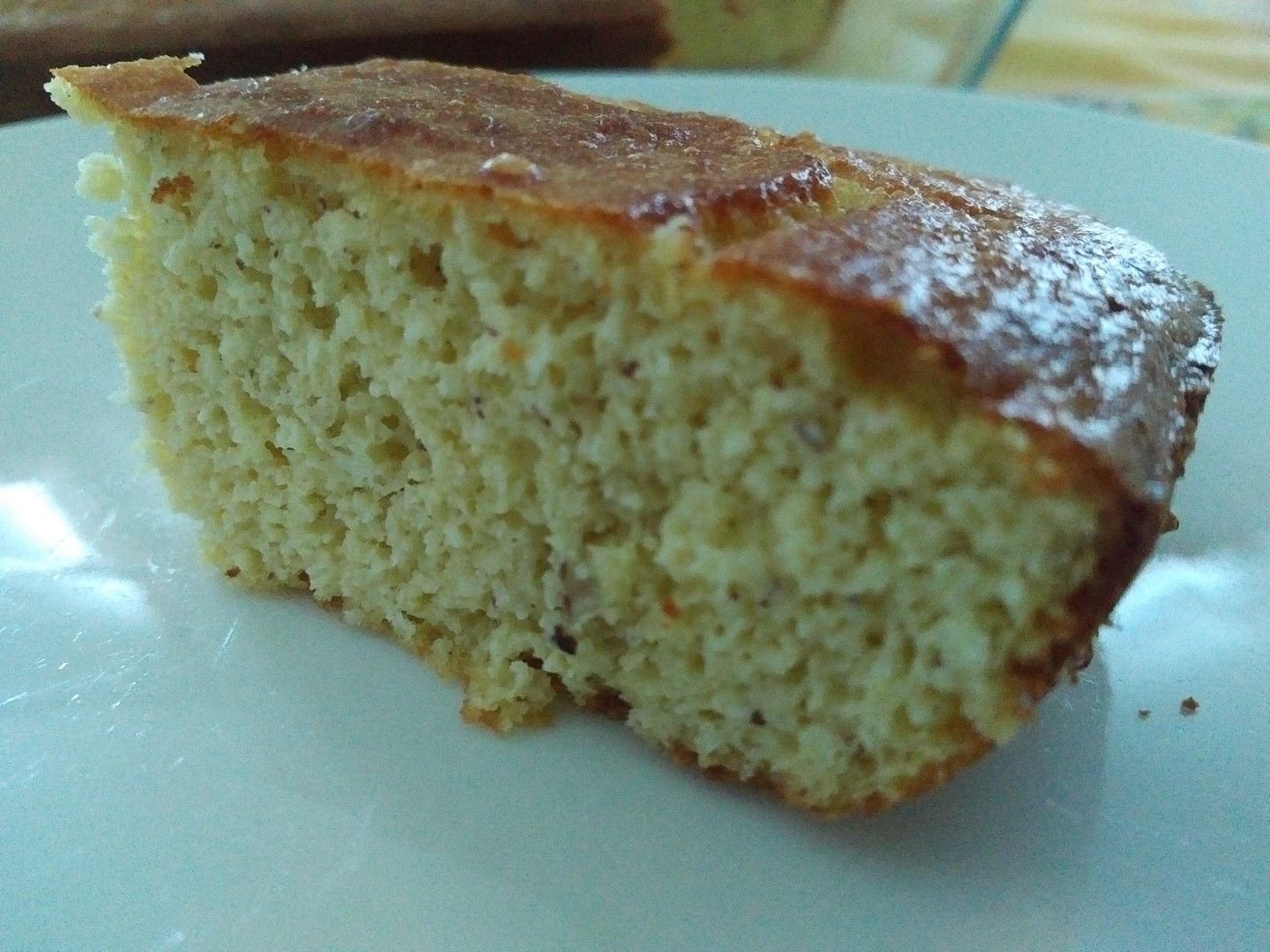Have you ever embarked on a diet and all you crave are sweets? I remember one time, many years ago, long before I learnt about sugar cravings and what sugar does to your body, when I had just started this weight loss diet. My goal was to lose those extra 2 or 3kg before the summer in preparation for bikini time. Nothing a few tweaks, a few extra salads and fewer calories couldn’t put right in no time. Easy, right? Although I was never one to eat cakes except on the odd day or for special occasions, the first night of my diet I dreamt only of cakes. All sorts of cakes, in many different shapes, sizes and colours. Shelves and tables full of cakes, desserts and sweets. Most of those I wouldn’t go near with a barge pole even on a cheat day, and not because of health or weight reasons, I simply didn’t even like the look of them! So, what was all that about? It was so strange that I remember it to this day. I am glad to say I have never again experienced any similar nightmares since!
Fast forward to the present: one sugar detox diet down and sugar cravings far from my mind, a beautiful cake will still appeal to the eye, but alas, the feeling of elation will go no further in most cases. On the few occasions when I do succumb to temptation, more often than not a single bite into the cake or dessert and I will want no more. Why? Because my taste buds have become used to eating sugar-free and the large amounts of sugar used in most sweets and desserts served even in the so called healthiest of restaurants, will make me gag, literally.
The fact is, like drinking plain tea and black coffee without sugar, or reducing the amount of salt in your food to the bare minimum, once you get used to the real flavours, your body will not want anything else. However, this doesn’t mean that I do not enjoy the texture or taste of the other ingredients in a cake. What would life be without the smell of baking? And as Chinese Medicine teaches, this doesn’t mean that the sweet flavour is not included in my diet, it just comes in a different form. The question becomes: is there a way to have your (healthy) cake and eat it too?
Whenever I surf the internet in search of a healthy recipe to satisfy my desire for a particular flavour (chocolate dessert, apple tart, sponge, almond cake…) the recipes are just a big disappointment. Promises of sugar-free desserts are full of syrups, honey, molasses, artificial sweeteners or even coconut sugar. Just because you don’t call it (white) sugar, it doesn’t mean it is sugar-free! In some cases the sweet factor is much higher than the same result with plain white caster sugar. Syrups are concentrations of sugar and calories, they just go by another name. What about the sweeteners? Would you be surprised to know that science has proved that sweeteners are more addictive than sugar itself? Luckily, if you want to add a sweet flavour there are healthy alternatives.
Necessity being the mother of invention, and all that. I have started to create my own healthy version of the recipes, borrowing from different sources and testing different combinations until I find the right fit for me. I don’t like too much sweetness, I prefer to sweeten using the natural sweetening taste of fresh fruits, or pure stevia (in itself hard enough to find!) and using flours with low G.I. so that one slice will not lead to 5!
My latest experiment was with Almond Cake. I had bookmarked a recipe or two including almond cakes after I had come across an irresistible photograph of French almond cake on the internet one day. It looked ideal with a cup of tea mid-afternoon on a lazy weekend. After much consideration and searching I came up with the following recipe, for a real sugar-free treat that will leave you satisfied without the guilt trip!
French Almond Cake
Ingredients
150 gm (goat’s milk) yoghurt, full fat (i.e. Greek Yoghurt)
175gm almond flour
3 eggs
2 tblsp melted butter
2 tsp baking powder
2 tsp pure vanilla extract
1 to 2 tsp pure stevia powder (or more, to taste)
Freshly grated rind of 1 lemon (optional)
Method
1. Pre-heat the oven at 180°C.
2. Line a cake tin with greaseproof paper.
3. Mix the yoghurt, eggs, vanilla and melted butter in a bowl with a whisk, until all the ingredients are blended together.
4. Add the baking powder, almond flour and stevia powder. Mix well.
5. Place the cake mixture in the tin and move to the oven.
6. Cook for approximately 25 to 30 minutes, or until the top is golden and a toothpick inserted in the middle comes out clean.
7. Allow it to cool down before serving.
In my opinion it doesn’t need anything more. You might have to check how sweet your stevia is and add more (or less) to adjust it to your taste buds. One thing I found was that it tasted much better the next day, and it kept well in an airtight container for 5 to 6 days.
If you still haven’t got your taste buds used to eating sugar-free, you can, if you wish to, cut the cake into two layers and spread some pureed fruit or a very thin layer of your favourite jam. Bear in mind that whatever you add will most probably overpower rather than enhance the almond taste, though!
Whichever way you decide to serve your healthy almond treat, just remember: you can have your healthy cake and eat it, too!


